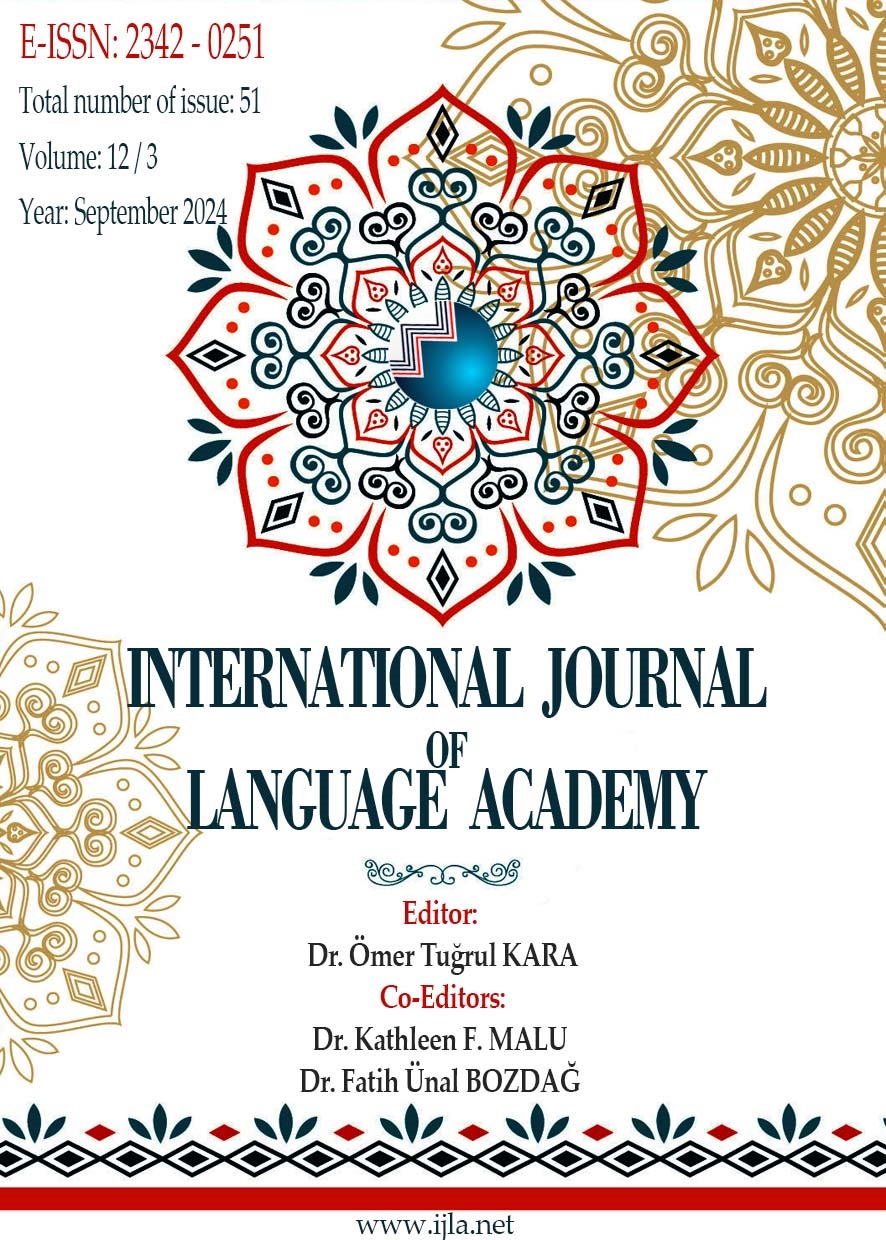Author :
Abstract
Bu makale postmodernist kurgunun modernist edebiyatla olan ilişkisini ve bu iki edebî akım arasındaki geçişi ayrıntılı bir şekilde ele almaktadır. Postmodernizm, modernizmin tekil gerçeklik ve kesinlik arayışlarını sorgulayarak, gerçekliğin ve anlamın sabit değil, sürekli yeniden inşa edilen ve çok katmanlı bir yapıya sahip olduğunu savunur. Postmodern edebiyat okuyucuyu pasif bir izleyiciden çıkararak, metinle sürekli etkileşim içinde olan aktif bir katılımcıya dönüştürür. Bu yaklaşım, geleneksel anlatı biçimlerinden uzaklaşarak, anlamın sabit olmadığı, aksine sürekli değişim gösterdiği bir anlatı dünyası yaratır. Böylece, modernizmin sunduğu yenilikçi anlatı tekniklerini daha da ileriye taşıyarak, edebî metinlerde çok katmanlı ve belirsizlik üzerine kurulu bir estetik anlayışı geliştirir. Postmodernizm, sadece bir edebî hareket olmanın ötesinde, toplumsal, kültürel ve felsefi alanlarda da köklü değişimlere yol açan bir dönüşümü temsil eder. Bu olgular çerçevesinde bu çalışma, postmodernist kurgunun metinlerarasılık, ironi, parodi, pastiş, üstkurmaca, karnavalesk ve grotesk unsurlar, çoklu gerçekliklerin yaratılması gibi tekniklerle şekillenen yapısını incelemektedir. Ayrıca, bu tekniklerin çoğunun modernist estetikten doğup postmodern kuram ve estetikle nasıl yeniden şekillendirildiğini ortaya koymaktadır. Bu makale, aynı zamanda, postmodernizmin edebî kurgudaki yapısal yeniliklerin ötesine geçerek, okur-yazar ilişkisini ve anlam üretim süreçlerini nasıl dönüştürdüğü de göstermektedir. Modernist estetiğin kalıplarını kıran postmodernist yaklaşım, yalnızca edebî eserlerin içeriklerini değil, biçimsel yapılarını da sorgulayan ve yeniden tanımlayan bir perspektif sunar. Bu bağlamda postmodernist kurgu, edebî metinlerin dil, zaman, mekân ve karakter tasvirlerinde yeni olanaklar arayışına girerek, çoklu perspektiflerin ve anlatı yapılarının ortaya çıkışını sağlamıştır.
Keywords
Abstract
This article provides a detailed examination of the relationship between postmodernist narrative structures and modernist literature, exploring the transition between these two literary movements. Postmodernism challenges the modernist pursuit of singular truth and certainty, arguing that reality and meaning are not fixed but are continuously reconstructed and possess a multilayered structure. Postmodern literature transforms the reader from a passive observer into an active participant who is in constant interaction with the text. This approach moves away from traditional narrative forms, creating a narrative world where meaning is not fixed but is continuously evolving. Thus, it advances the innovative narrative techniques introduced by modernism, developing an aesthetic framework in literary texts that is characterized by multilayered structures and inherent ambiguity. Postmodernism, beyond being merely a literary movement, represents a transformation that triggers profound changes across social, cultural, and philosophical domains. Within this framework, this study examines how postmodernist fiction is shaped by techniques such as intertextuality, irony, parody, pastiche, metafiction, carnivalesque, and grotesque elements, along with the creation of multiple realities. It also elucidates how many of these techniques originate from modernist aesthetics and have been redefined through postmodern theory and aesthetics. This article also demonstrates how postmodernism transforms the reader-writer relationship and the processes of meaning-making, going beyond merely structural innovations in literary fiction. The postmodernist approach, which breaks away from the conventions of modernist aesthetics, offers a perspective that not only questions the content of literary works but also redefines their formal structures. In this context, postmodernist narrative seeks new possibilities in the depiction of language, time, space, and character, facilitating the emergence of multiple perspectives and innovative narrative structures.





